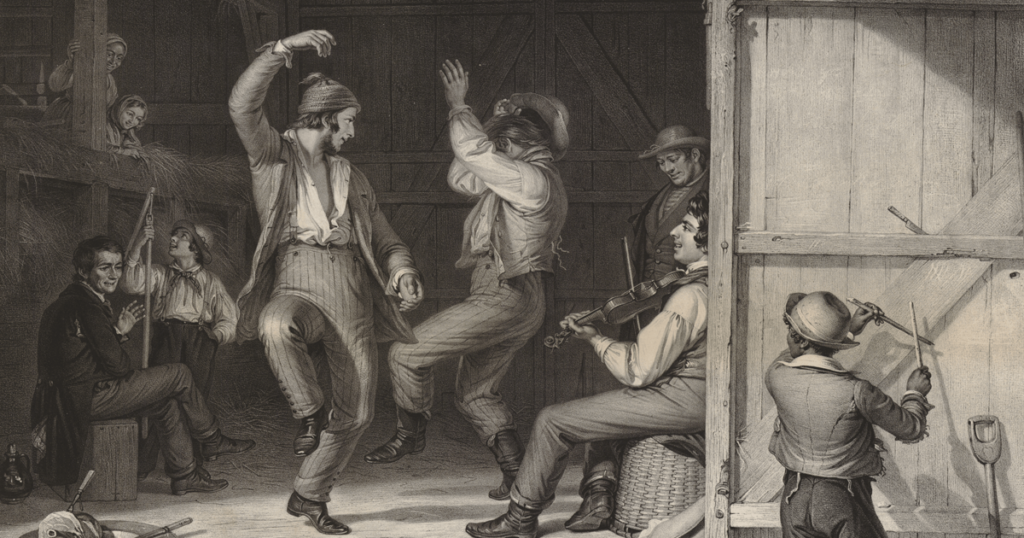
It’s 1840 in New York City. You open the newspaper and come across an advertisement challenging you, by name, to present yourself at a particular tavern on a particular evening. You have been challenged to a dancing match, and your friends will expect you to accept and show up, ready to exhibit your best moves.
April Masten, a scholar of dance history at Stony Brook University, is writing a book on “challenge dancing” in American cities in the mid-19th century. Some people are familiar with the dancing matches between Master Diamond and Master Juba in New York’s Five Points neighborhood, a famous rivalry that led to the invention of tap dancing. But dancing matches also took place, Masten says, in other cities where people of African, Irish, and English descent lived in proximity.
Drawing on materials such as sporting papers, newspapers, travel journals, memoirs, and slave narratives, Masten has traced remarkable flows of cultural exchange. “The steps and moves come from Ireland, England, Africa,” she says. “Slave narratives talk about jig dancing to Irish music, and Irish and English narratives talk about dancing ‘negro jigs’ after the style of African Americans.” In the United States, dance matches, open to any man or woman who chose to participate, became enormously popular. They drew crowds to theaters and circuses. In taverns, gamblers would bet on the winners, who in turn were expected to treat everyone to a drink.
Memoirs of challenge dancing run counter to widespread assumptions about the social world of 19th-century America. In this lower-class sphere, different races, ethnicities, and genders mingled as a matter of course. Blackface was not unusual, and male jig dancers drew inspiration from ballet, imitating, for example, the famous trial dance from La Bayadère. Gambling, blackface, and ballet—what “an extraordinary set of cultural influences,” Masten says, “to be working so closely together.”

